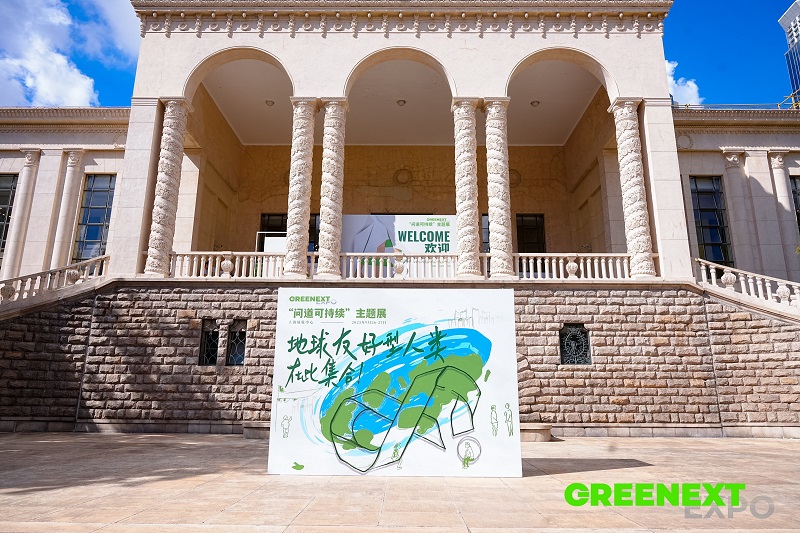
A new report from the EU Horizon T-REX (Textile Recycling Excellence) Project, while focused on piloting a data model to enhance textile-to-textile recycling, inadvertently casts a shadow on the immediate scalability and viability of such systems. An analysis of the project's operational data reveals material losses throughout the recycling process, raising critical questions about the true potential of achieving a circular economy for textiles.
The T-REX project tracked material flow through various recycling pathways, offering a glimpse into the real-world efficiencies – or rather, inefficiencies – of current technologies. The findings create concerns, suggesting that the journey from textile waste to new fibers is fraught with substantial hurdles.
Alarming loss rates in cotton and polyester recycling
The data unequivocally highlights the challenge of retaining material mass during the recycling process. For cotton, the results are particularly stark. Starting with 465 kg of input material, the pilot project yielded a mere 182 kg of usable fiber. Almost 283 kg, or 60.8 per cent, was lost as waste during the mechanical pre-treatment and subsequent chemical recycling stages.
Polyester recycling efforts within the project mirrored these worrying trends. An initial batch of 300 kg of carefully sourced and pre-processed polyester resulted in only 125 kg output. The remaining 175 kg, which was 58.3 per cent of the input, ended up as waste. The polyester recycling pathway within the T-REX project revealed a batch of 300 kg of what was deemed suitable feedstock, having undergone pre-sorting still resulted in a 58.3 per cent loss. This suggests that even with meticulous upstream processing, the inherent complexities of textile waste and the limitations of current depolymerization or melt-recycling technologies lead to significant material degradation or unusable byproducts.
Table: Material loss in cotton and polyester during recylcing
|
Input material (cotton) |
Usable fiber output (cotton) |
Waste generated (cotton) |
Material loss rate (cotton) |
|
465 kg |
182 kg |
283 kg |
60.80% |
|
Input material (polyester) |
Usable fiber output (polyester) |
Waste generated (polyester) |
Material loss rate (polyester) |
|
300 kg |
125 kg |
175 kg |
58.30% |
These figures, derived from controlled pilot-scale operations with pre-sorted feedstock, suggest that the complexities of real-world textile waste, which often includes mixed fibers, contaminants, and intricate garment designs, could lead to even greater losses at an industrial scale.
A Reality check for circularity
The report further reveals that material loss is not solely confined to the core recycling processes. Even the initial stages of sorting and pre-processing contribute significantly to the depletion of the material stream.
In the polyethylene terephthalate (PET) stream, a substantial 283 kg of material was lost during pre-processing from an initial input of 2,100 kg. This makes up a loss rate of approximately 13.5 per cent before any actual recycling took place. Similarly, the polyamide stream too saw attrition during pre-processing. Out of an initial 825 kg, 225 kg became waste, which was a loss of around 27.2 per cent.
"These findings are a crucial reality check for the ambitious goals of textile circularity," says Anya Sharma, a leading materials scientist not involved in the T-REX project. "While the development of data models is essential for tracking and optimization, the fundamental issue of material efficiency needs urgent attention. Losing over half the input material, even under optimized conditions, raises serious doubts about the environmental and economic sustainability of these processes at scale."
Limitations of current technologies and feedstock quality
The T-REX report also sheds light on the limitations imposed by current technologies and the inherent challenges of feedstock quality. Despite employing sensor-based sorting with a claimed accuracy of up to 99 per cent, composition impurities persisted. Furthermore, mechanical treatments such as chopping, tearing, and pelletizing introduced additional material losses.
The inability to effectively remove trims, coatings, and separate complex fiber blends further restricts the quality and recyclability of the input material. This highlights a significant bottleneck in achieving high-quality recycled fibers that can seamlessly replace virgin materials.
The unanswered question
T-REX project data culminates raises critical question: If more than half of the material is lost even under controlled, pilot-scale conditions, how can the system realistically be expected to operate sustainably and economically at a larger, industrial scale dealing with more complex and contaminated waste streams?
The report implicitly suggests that without significant breakthroughs in pre-processing technologies, chemical or mechanical recycling efficiency, and the design of textiles for recyclability, the vision of a truly circular textile industry remains a distant aspiration. An honest and data-driven assessment of these limitations is crucial to avoid building a roadmap to circularity on fundamentally flawed assumptions.
The T-REX project's data, while intended to pave the way for better tracking and management of textile recycling, serves as a reminder of the technological and logistical hurdles that must be overcome to make textile-to-textile recycling a viable and sustainable solution for the future. The industry now faces the critical task of innovating and investing in solutions that can drastically improve material efficiency across the entire value chain.












